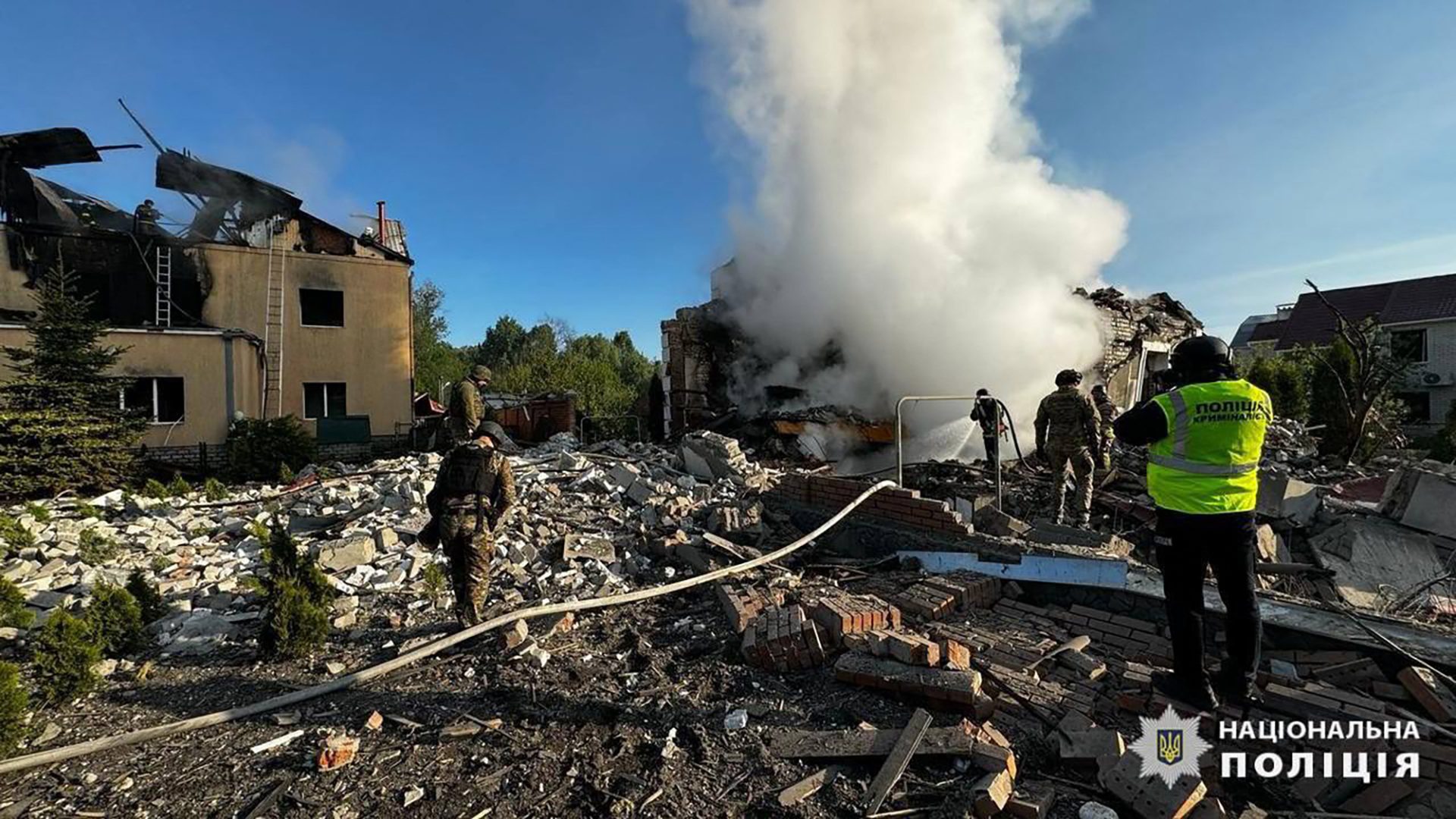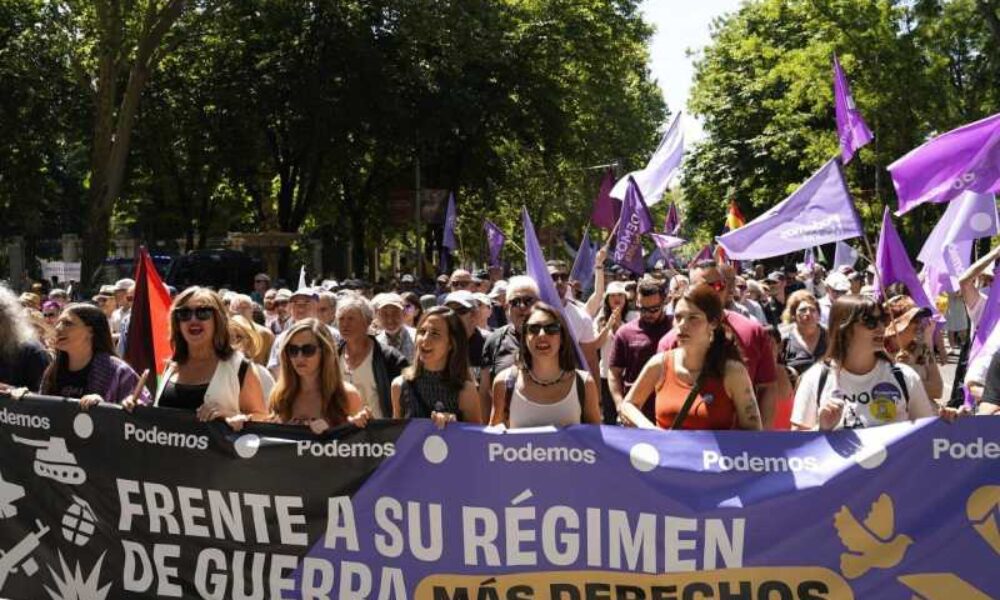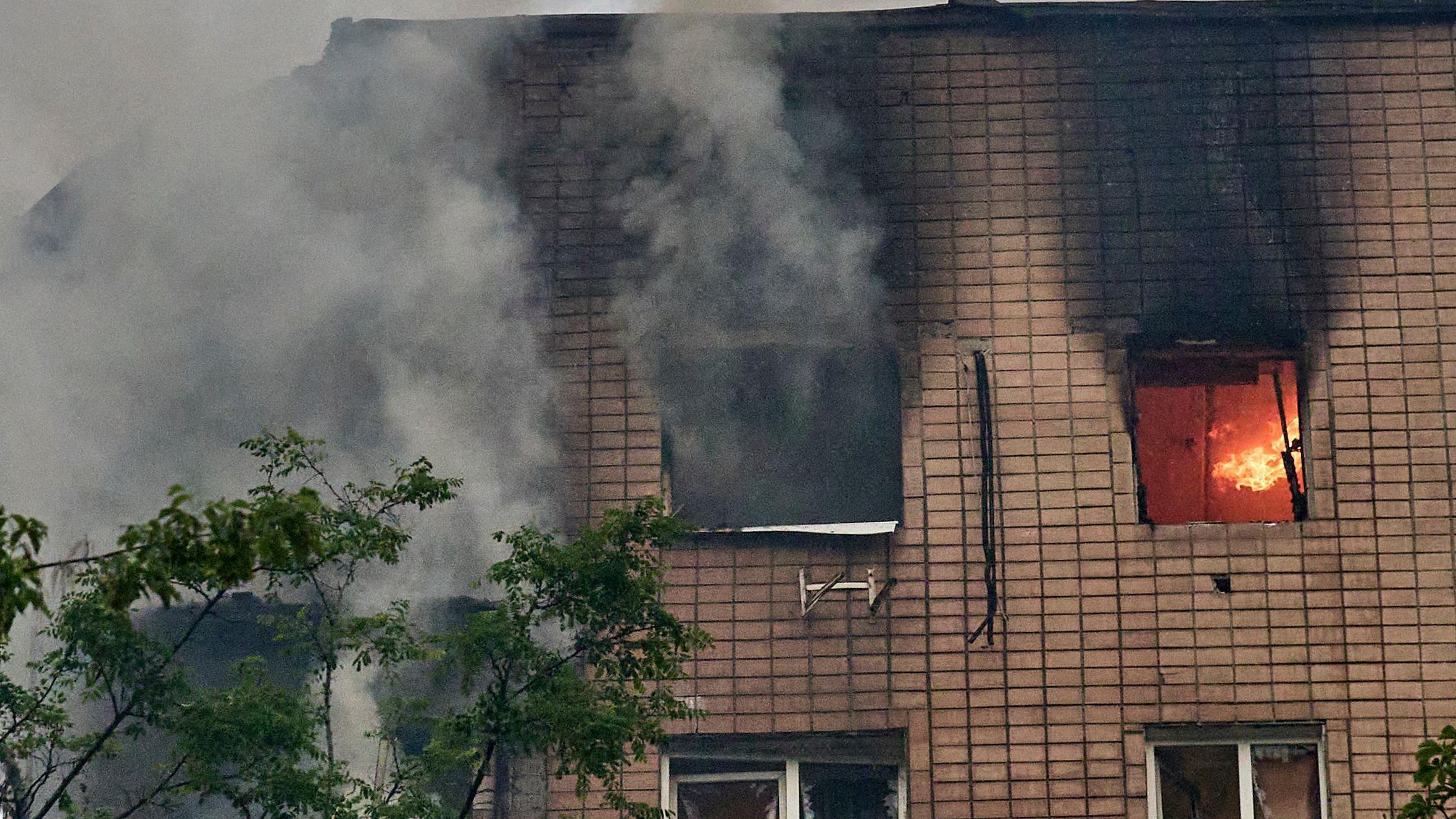All opinions count – Liberation

From April 3 to 6, 2025 in Bordeaux, The quartus endowment fund for architecture Organizes a series of urban meetings, workshops and explorations on how to design and live in cities. An event that Release is a partner.
The cities of South Africa come from colonial influences combined with apartheid town planning, hence the importance of associating their users today in pursuit of their development rather than reproducing the characteristic principles of the past.
At the local level, we worked in townships on the outskirts of the city, where most of the inhabitants had been forced to establish themselves under apartheid. By combining future users and residents with the design and construction of their living spaces, our work has gained impact. These dynamic places clearly improve the quality of the urban environment. In this Africa rich in historical places such as the ruins of the Grand Zimbabwe, the traditional villages Vena, Ndebele, Xhosa and others, our interlocutors gladly employ the word « village » Speaking of the development of their own space. Their concerns often revolve around security, economic activity, cost of living, sustainability and well-being. Invited in a participatory approach, they offer incredible ideas and solutions to often unsuspected or neglected problems. According to our experience, it is the most unexpected people who formulate the best suited solutions. Also, we claim that all opinions count.
A fine example was given when the cleaning lady and cook of a community center asked that the kitchen be placed in the middle of the center of the center so that she can observe both the comings and goings in the place and the children playing in the courtyard, ensuring at the same time surveillance and safety. Being the least remunerated employee, she said that she rarely had the luxury of offering herself hours of leisure and spent most of her time working at the center – hence the need to ensure that everything goes well, even by being the only adult on site.
Also, during a project in Sweden involving 16 migrants from 16 different countries, each was invited to express their dearest dream. Women imagined a restaurant where they would prepare their traditional dishes and discover the cultures of each other. This is again a brilliant demonstration for architects and urban planners: cities must be designed to welcome diversity. By these anecdotes, we see how we can build cities that look like us a little more.
Globally, migration influences the evolution of cities. Very often we work in town without living there. Urban workers are generally peri -urban residents who go to town by public transport, spending several hours each day traveling in both directions. Inequality is a major problem of contemporary town planning. On a wider scale, cities should be completely rethought to take into account the complexity of human beings and the diversity of the needs of pendulum workers. This approach would require a real urban planning policy.
This was the case in 1994 in South Africa, when Nelson Mandela introduced the reconstruction and development program (RDP) as part of a person -oriented strategy. This policy asked the actors to collaborate at all levels, making town planning a collective approach, both in planning and in the search for solutions. The program was based on six constituent principles « The basis of its economic and political approach » (1) whose primordial objective was to promote the development of South Africa while strengthening and accelerating social progress and political evolution. The RDP allowed the emergence of dynamic urban environments, because all the actors were required to work with each other. This is how urban spaces were born that looked more like us.
However, in 1996, a new macroeconomic policy entitled Growth, Employment and Redistribution-Gear (2)-was implemented, mainly focused on competitiveness, growth, job creation associated with initiatives in the poorest classes and the guarantee of a secure environment (3). In this approach, civil society had no voice in the chapter. This is a shame, since, as we have seen, the quality of urban areas is improved when the words of future users and residents are taken into account and unexpected solutions are available to designers, emerging from living communities.
(1) African National Congress (ANC). 1994. The Reconstruction and Development Program: A Policy Framework. Johannesburg: Umanyano.
(2) Le Roux, Pieter. 1997. The Growth, employment and redistribution strategy (Gear): Critical Discussion, Africanus 27 (2).
(3) Lyons, M. Smuts, C. and Stephens, A. 2001.








